Schneider Electric Indication and signalling lamps
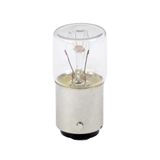
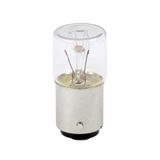
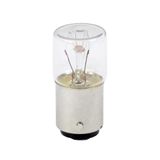

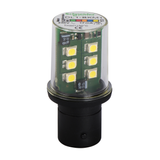

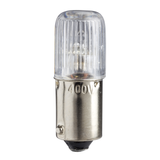
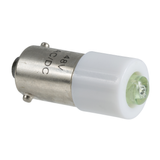

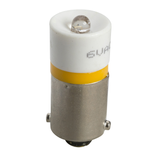


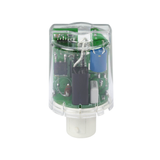


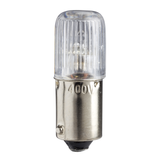


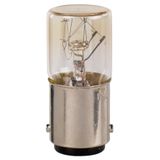
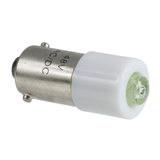

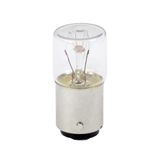
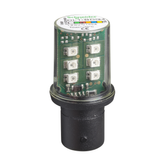



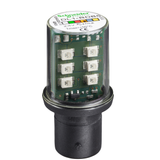
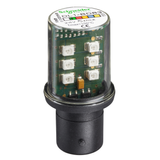
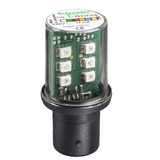
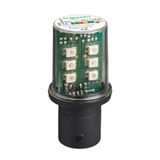


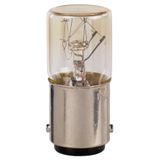
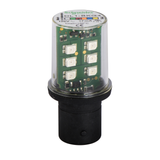
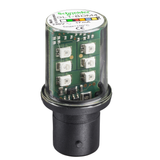
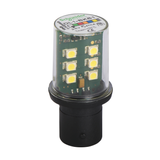
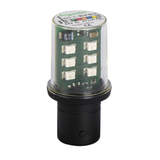
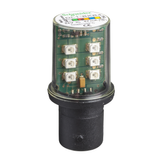
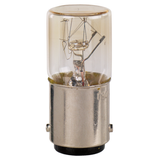




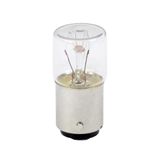
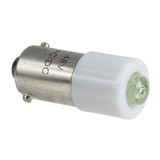



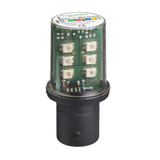

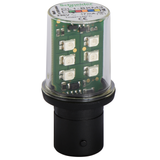

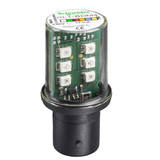

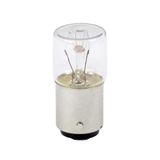
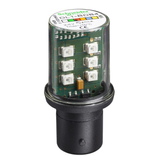
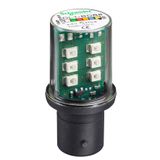
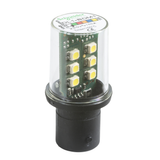
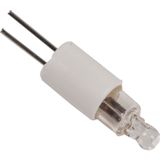

-
-
1
- 2
-
Schneider Indicator Lights selection by voltage, lens, and mounting
Front-of-panel LEDs cover 6/12/24 V AC/DC and 110/230 V AC, with 16/22/30 mm cut-outs and IP65–IP67 fronts using gasketed bezels. Lens options—domed, flat, and diffused—balance viewing angle and glare; colours follow IEC 60073 (red stop/fault, yellow abnormal, green safe, blue mandatory, white status). Brightness spans ~20–200 cd (model-dependent) with clear datasheet candela and viewing-cone specs, so you can size visibility for 2–15 m. Terminations are push-in spring, screw, Faston, or M12 quick-connect to speed swaps on busy lines. Typical life is 50–100 k h at Ta ≤ +55 °C; versions with series resistors and wide-range supplies tolerate control-rail drift.
Schneider Signal Beacons stack types, tones, and ingress protection
Modular stacks in 45/60/70 mm diameters mix steady, flashing (≈1–2 Hz), and rotating effects; sounders add 85–105 dB(A) at 1 m with selectable tones for conveyors, AGVs, and cells. Bases mount direct to panels, poles, or machines (vertical or wall arm). Clear lenses with internal colour emitters keep colour fidelity in bright halls; opal lenses improve uniformity at short range. Environmental options reach IP65/IP66 and IK08; high-vibration kits add anti-rotation keys and lock rings. For clean or wash-adjacent zones, sealed columns use stainless hardware and drain geometry to maintain ratings after CIP.
Schneider Panel Signals interfaces, wiring, and diagnostics
Wiring is 24 V DC for most cells; 120/230 V AC frames exist for legacy boards. Common I/O schemes: shared common, per-segment returns, or M12 A-coded daisy-chains on distributed islands. IO-ready bases expose alarm pins for lamp-out detection; beacons with built-in drivers accept PLC pulse commands for blink patterns without extra relays. Where safety annunciation is required, mirror-contact relays provide EDM-compatible feedback alongside the visual channel.
Technical specifications and standards engineers expect
Conformity: IEC/EN 60947-5-1 (control-circuit devices), IEC 60204-1 (machine wiring), IEC 60529 (IP), IEC 60068 (shock/vibration), and EMC per EN 61000-6-2/-6-4. Operating window typically −25…+55 °C (selected bodies +70 °C); storage −40…+80 °C. Surge immunity 1–2 kV on 24 V DC inputs is standard on industrial lines. UV-stable lenses resist yellowing under high lux. For long runs, choose low-inrush LED modules to keep PLC card diversity small and avoid nuisance trips on shared commons.
Application mapping and colour policy that survives audits
- Production cells: three-segment stacks (red/yellow/green) plus optional blue for mandatory action; horn adds escalation above 85 dB(A) in noisy bays.
- Utilities/MCC rooms: high-cd single lamps with flat lenses for long corridors; duplicate at door height for distant line-of-sight.
- Clean areas/food: sealed columns with smooth shrouds; stainless brackets; white status where ambient light is high.
- Mobile skids: M12-wired heads and low-mass poles to limit resonance.
When specs reference schneider visual indicators, align colour mapping to your corporate HMI guide so operators read states the same way from HMI to beacon.
System architecture and PLC integration that reduces wiring
Group outputs through a common +24 V and individual low-side returns to shrink terminal count, or drive stacks via IO-Link masters where diagnostic depth is needed (hours-on, fault codes). PWM-dimmable heads allow night-shift reduction without optics swaps. Use suppression across any coil-driven interposing relays; place SPDs at the feeder board to protect LED drivers from switching transients. Document beacon address/segment map in the HMI for maintenance and FAT.
Installation details that prevent site callbacks
Respect torque on bezels to maintain IP; use anti-rotation nibs in soft panels. Keep minimum 50 mm clearance above stacks for convection; avoid mounting directly over VFD exhausts. For outdoors or bright atria, specify clear lenses with high-cd emitters; for short-range operator panels, opal or diffused reduces glare and camera flicker in machine vision zones. Where fingerprints are common, choose matte bezels; they look clean longer.
Selection criteria for B2B teams
- Electrical: 24 V DC preferred; AC only for legacy…verify inrush and leakage of PLC outputs.
- Optics: candela and beam angle vs viewing distance; lens type for glare/ambient.
- Environment: IP/IK and chemicals; sealed columns/stainless hardware for wash-adjacent areas.
- Mounting: cut-out (16/22/30 mm), stack diameter, pole vs panel; quick-connect where MTTR matters.
- Diagnostics: IO-Link or lamp-out detect on critical cells; horn dB(A) vs background.
Intro packs often list schneider indication and signalling lamps by diameter and cut-out so spares and new builds share one mechanical language.
Procurement and kitting for rollouts
Standardize three lamp diameters and one stack family across lines; fix colour order top-down; add pole heights (short/standard/tall). Pre-kit bezels, gaskets, lenses, bases, and M12 tails per station; stock spare lenses and one horn per ten stacks. Include legend plates and labels tied to drawing tag IDs so technicians wire once—no guessing on segment function.
Advantages of working with Bankoflamps
You receive project-specific pricing aligned to your BOM, live EU stock visibility before build slots are booked, and a named account manager. Quotes typically return in about an hour. Orders by EAN/MPN prevent variant drift; your portal shows lead times, shipment status, and downloadable price lists. Approved partners can use post-payment up to 30 days. We consolidate partials to reduce freight and maintain price-validity windows so phased rollouts stay predictable. Our team cross-checks cut-outs, pole kits, lens sets, and wiring options against your drawings, so cartons land complete—ready to mount.